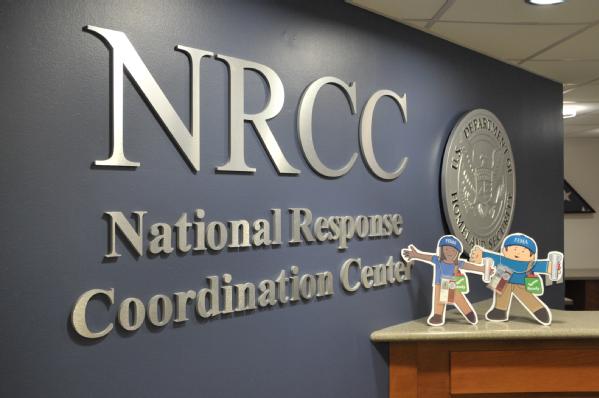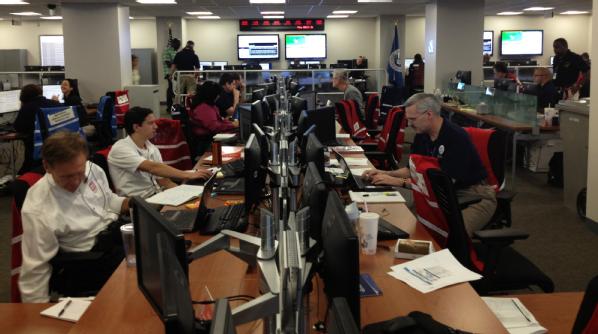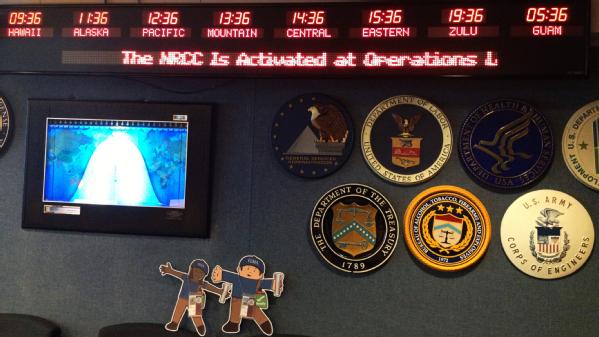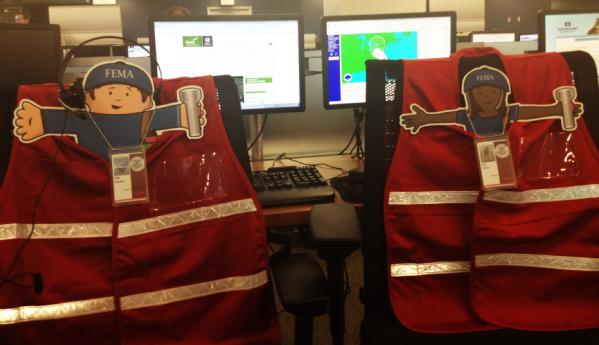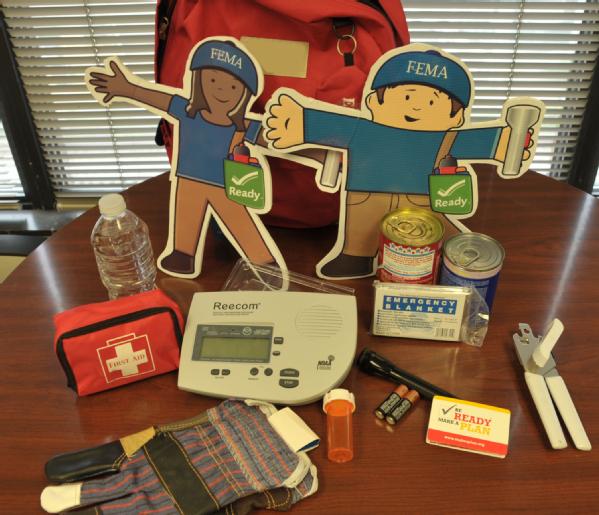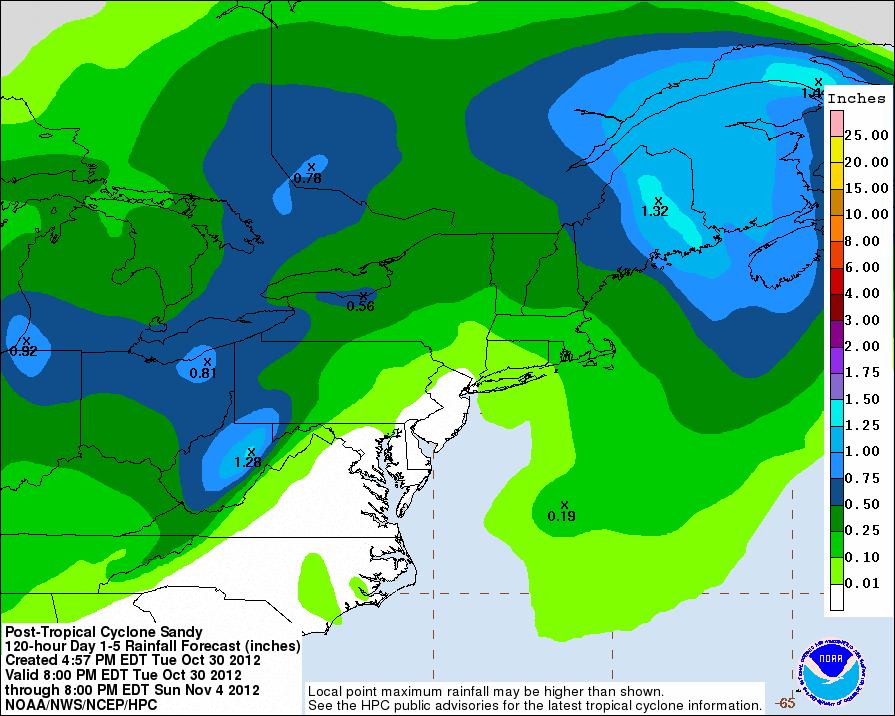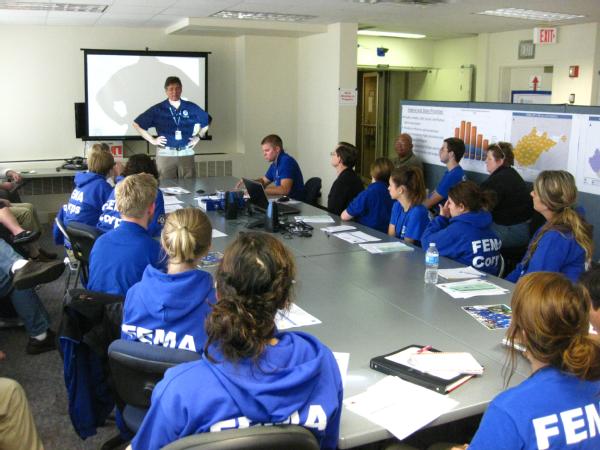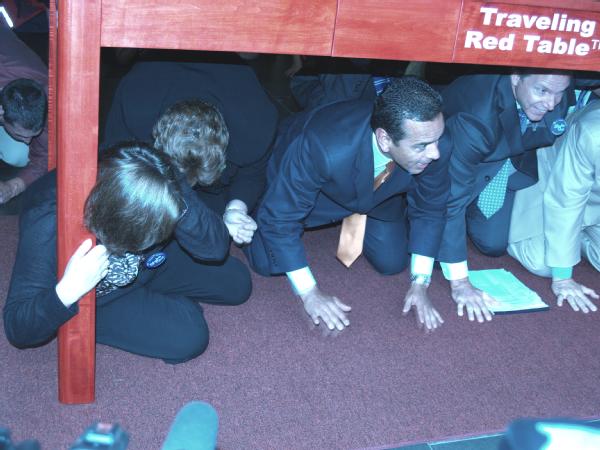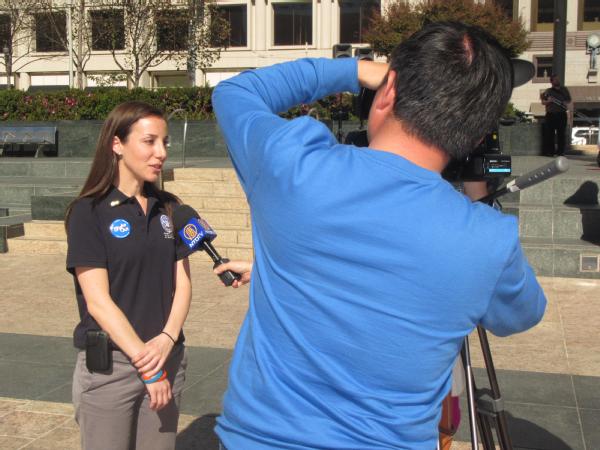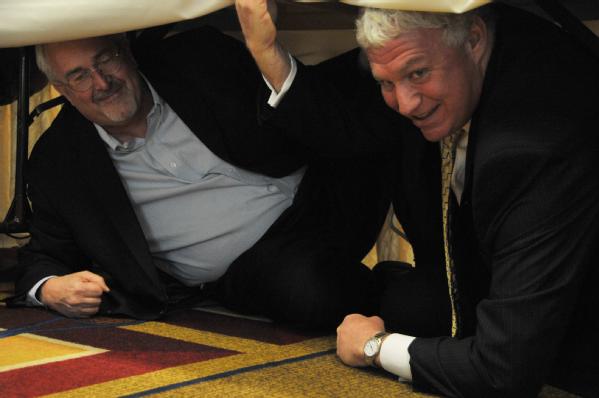Sandy update 4: Staying safe & how to help
Our thoughts and prayers go out to those who have been affected by Hurricane Sandy. While the worst of the weather is beyond some areas on the East Coast, Sandy remains a very large storm system that continues to pose life-threatening hazards for coastal and inland areas including high winds, heavy rains, dangerous storm surge and flash flooding, and snow and cold weather hazards in some areas.
Some important safety reminders if you’re in an area that has been, or is still being, impacted by this storm:
- Continue to listen to your local officials – If you evacuated and are returning home, make sure local officials have deemed the area safe to return to. If Sandy is still impacting your area and local officials give the order to evacuate, do so immediately.
- Stay off the roads - Emergency workers may be assisting people in flooded areas or cleaning up debris. You can help them by staying off the roads and out of the way.
- If your power is out, safely use a generator or candles - Never use a generator inside a home, basement, shed or garage even if doors and windows are open. Keep generators outside and far away from windows, doors and vents. Read both the label on your generator and the owner's manual and follow the instructions. If using candles, please use caution. If possible, use flashlights instead. If you must use candles, do not burn them on or near anything that can catch fire.
- Avoid downed power or utility lines - They may be live with deadly voltage. Stay away and report them immediately to your power or utility company.
- Don’t drive or walk through flood waters – It only takes a small amount of water to move people or vehicles. If you encounter a flooded roadway, don’t attempt to pass through water – turn around, don’t drown. And if your home has flood water inside or around it, don’t walk or wade in it. The water may be contaminated by oil, gasoline or raw sewage.
How to help those affected by Sandy
We’ve had a number of questions come in on our Facebook and Twitter accounts about how to help those who have been impacted by Hurricane Sandy. A few pointers to remember:
- Cash is the most efficient method of donating – Cash offers voluntary agencies the most flexibility in obtaining the most-needed resources and pumps money into the local economy to help businesses recover.
- Volunteer or donate through a trusted organization – At the national level, many voluntary, faith-based and community-based organizations are active in disasters, and are trusted ways to donate to disaster survivors. In addition to the national members, each state has its own list of voluntary organizations active in disasters.
Numerous blood drives have been canceled as a result of the storm and the Red Cross has a need for blood donations. To schedule a blood donation or for more information about giving blood or platelets, visit redcrossblood.org or call 1-800-RED CROSS (1-800-733-2767).
Here’s a video from President Obama reminding everyone how we can help those in need after a disaster:
Latest update on FEMA’s activities
Last night, the President declared major disasters for New York and New Jersey, making disaster assistance available to those in the heaviest hit areas affected by the storm. Individuals and business owners who sustained losses in the following counties in New York and New Jersey can begin applying for assistance by registering online or on your phone at www.DisasterAssistance.gov:
- Declared counties in New York: Bronx, Kings, Nassau, New York, Richmond, Suffolk, & Queens.
- Declared counties in New Jersey: Atlantic, Cape May, Essex, Hudson, Middlesex, Monmouth, Ocean & Union Counties
Those impacted can also apply by calling 1-800-621-FEMA(3362) or 1-800-462-7585 (TTY) for the hearing and speech impaired.
In addition to federal disaster assistance being available in several counties, states and localities and the American Red Cross continue to operate emergency shelters in many states. You can search for open shelters by visiting the Red Cross website, downloading the FEMA smartphone app, or by texting the word “shelter” and a zip code to 43362 (4FEMA). For example, if you’re searching for a shelter in the 01234 zip code, you would text Shelter 01234.
Finally, we continue to work closely with our emergency management partners and are embedded with state teams to support response efforts and assess unmet needs. Our priority focus remains on life-saving and life-sustaining activities. Currently, more than 1,500 FEMA personnel are positioned along the East Coast working to support disaster preparedness and response operations, including search and rescue, situational awareness, communications and logistical support. Here are some details about our staff’s support:
- Twenty-eight teams comprised of 294 FEMA Corps members are pre-staged to support Sandy.
- Seven federal urban search and rescue task forces have been activated and are deploying in the Mid-Atlantic as needed and requested.
- Fourteen Incident Management Assistance Teams
- Twelve liaison officers are positioned in state emergency operations centers along the East Coast supporting preparedness activities and ensure there are no unmet needs.
- Ten Disability Integration Advisors supporting emergency management in ten states on current alert and warning, evacuation and sheltering needs and preparing for potential post-storm operations.
Please share these important safety reminders and we hope you’re taking every precaution to stay safe.



